Building Core Strength the Japanese Way: Hara-Centered Fitness Techniques
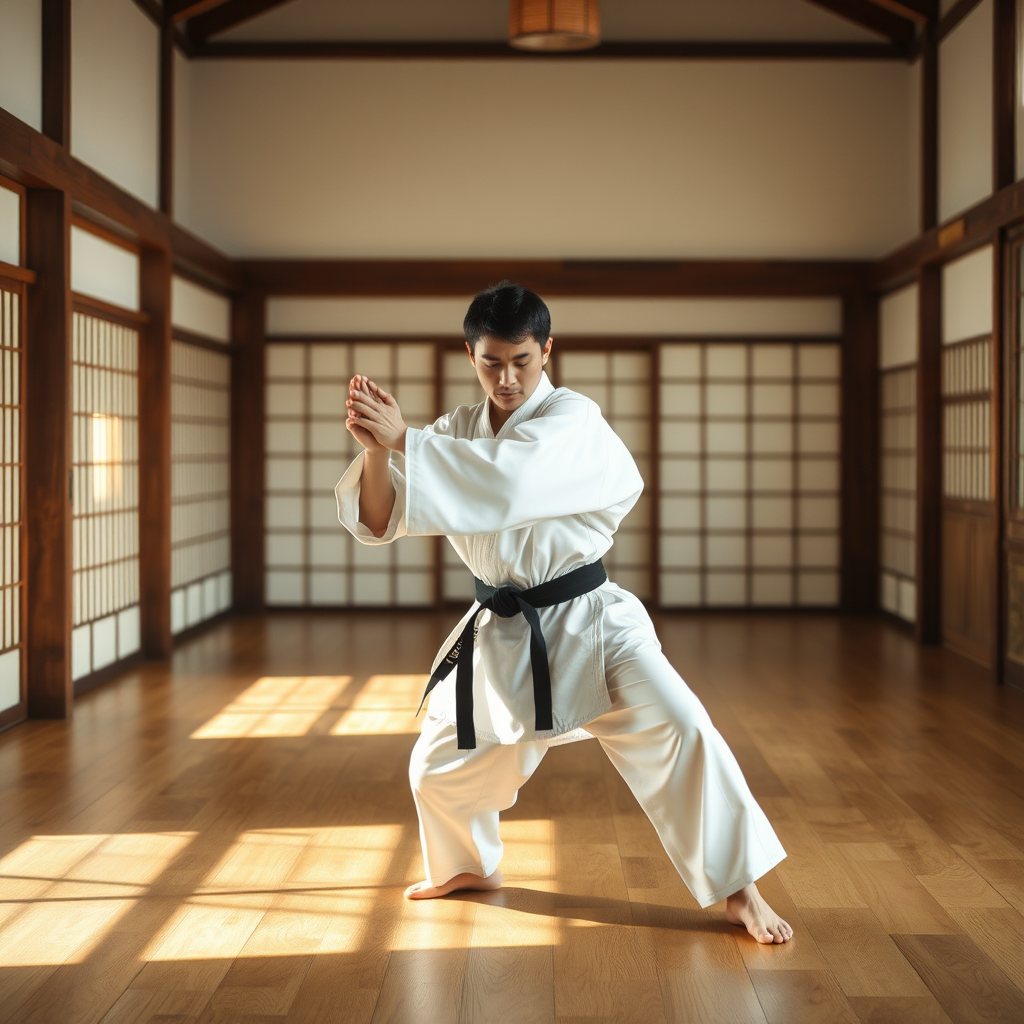
In Japanese culture, the concept of 'hara' represents far more than just your physical core—it's considered the spiritual and energetic center of your being. Located approximately two inches below your navel, the hara is where true strength originates, making it the foundation of all effective home workout Japan routines.
Traditional Japanese martial arts have long recognized that developing hara strength creates a powerful foundation for both physical fitness and mental clarity. This ancient wisdom offers modern fitness enthusiasts a unique approach to core training that goes beyond conventional exercises, integrating mindfulness with movement for a complete wellness lifestyle transformation.
Understanding the Hara: Your Body's Power Center
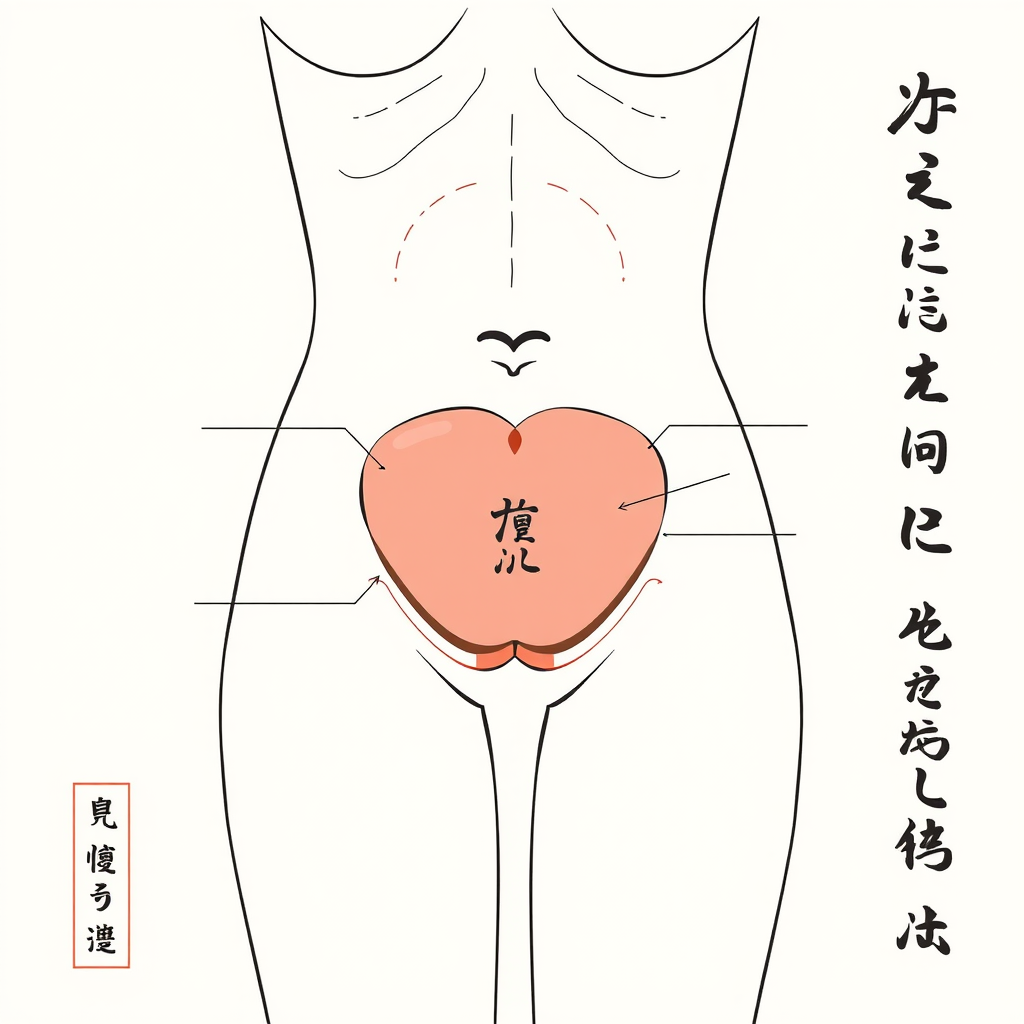
The hara, literally meaning "belly" in Japanese, encompasses the lower abdomen, deep abdominal muscles, and the energetic center known as the "tanden." Unlike Western fitness approaches that often focus on surface-level abs, hara-centered training develops deep internal strength that radiates throughout your entire body.
This approach to core strength training emphasizes:
- Deep diaphragmatic breathing patterns
- Engagement of the transverse abdominis muscle
- Integration of mental focus with physical movement
- Development of postural stability from the inside out
Fundamental Hara Breathing Techniques
Basic Hara Breathing (Tanden Kokyu)
- Sit comfortably with your spine straight, hands resting on your lower abdomen
- Breathe in slowly through your nose, expanding your belly rather than your chest
- Feel the breath filling your hara, creating gentle pressure in your lower abdomen
- Exhale slowly, maintaining awareness of your core center
- Practice for 5-10 minutes daily to establish the foundation
This breathing technique forms the cornerstone of all hara-centered exercises. Master this first before progressing to more advanced movements, as proper breathing creates the internal pressure necessary for true core stability.
Traditional Japanese Core Exercises
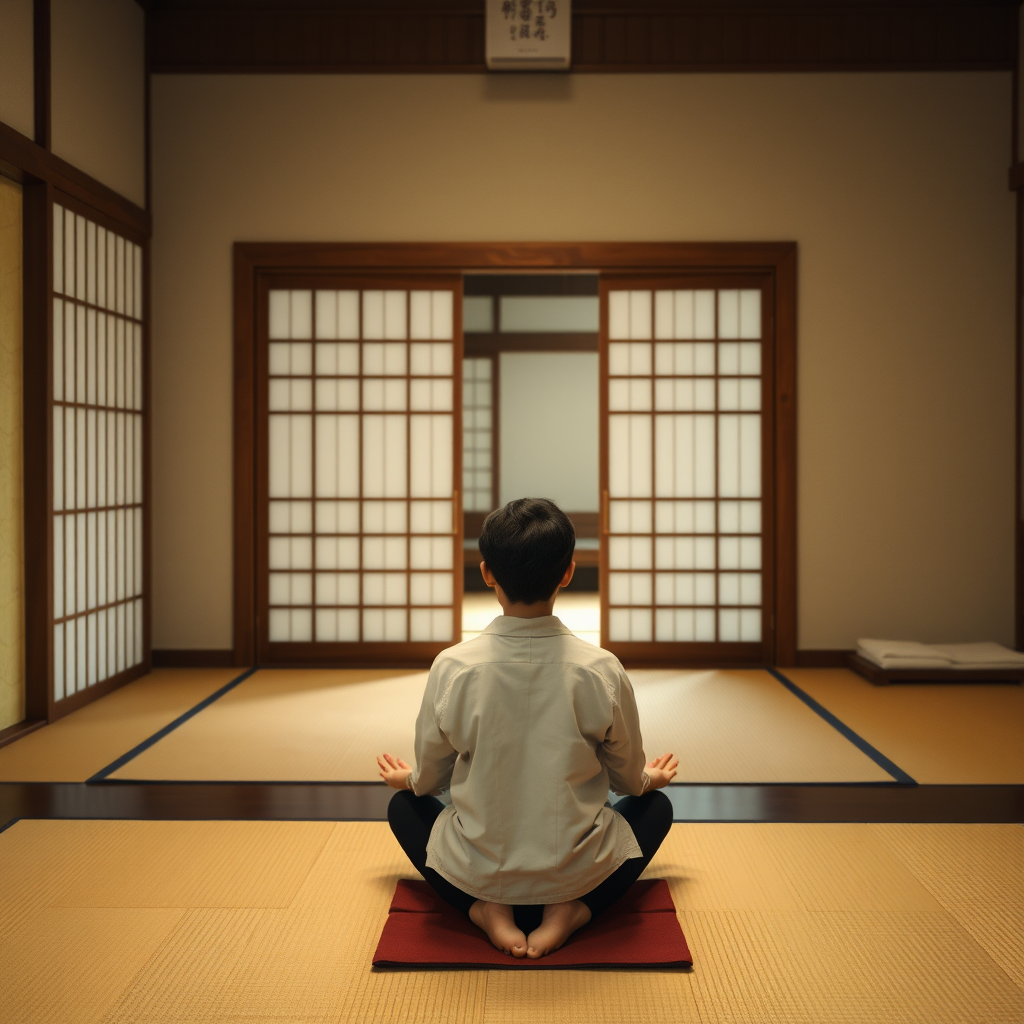
Seiza Core Strengthening
The traditional seiza sitting position naturally engages your hara when performed correctly. This home workout Japan technique builds endurance in your deep core muscles while improving posture and mental focus.
Technique:
- Kneel with tops of feet flat on floor
- Sit back on your heels
- Engage hara with gentle breathing
- Hold for 2-5 minutes initially
Benefits:
- Strengthens deep abdominal muscles
- Improves hip flexibility
- Develops mental discipline
- Enhances postural awareness
Kata-Inspired Core Movements
Drawing from martial arts kata (forms), these flowing movements integrate hara breathing with dynamic core engagement, creating a wellness lifestyle practice that strengthens both body and mind.
Advanced Hara Training Methods
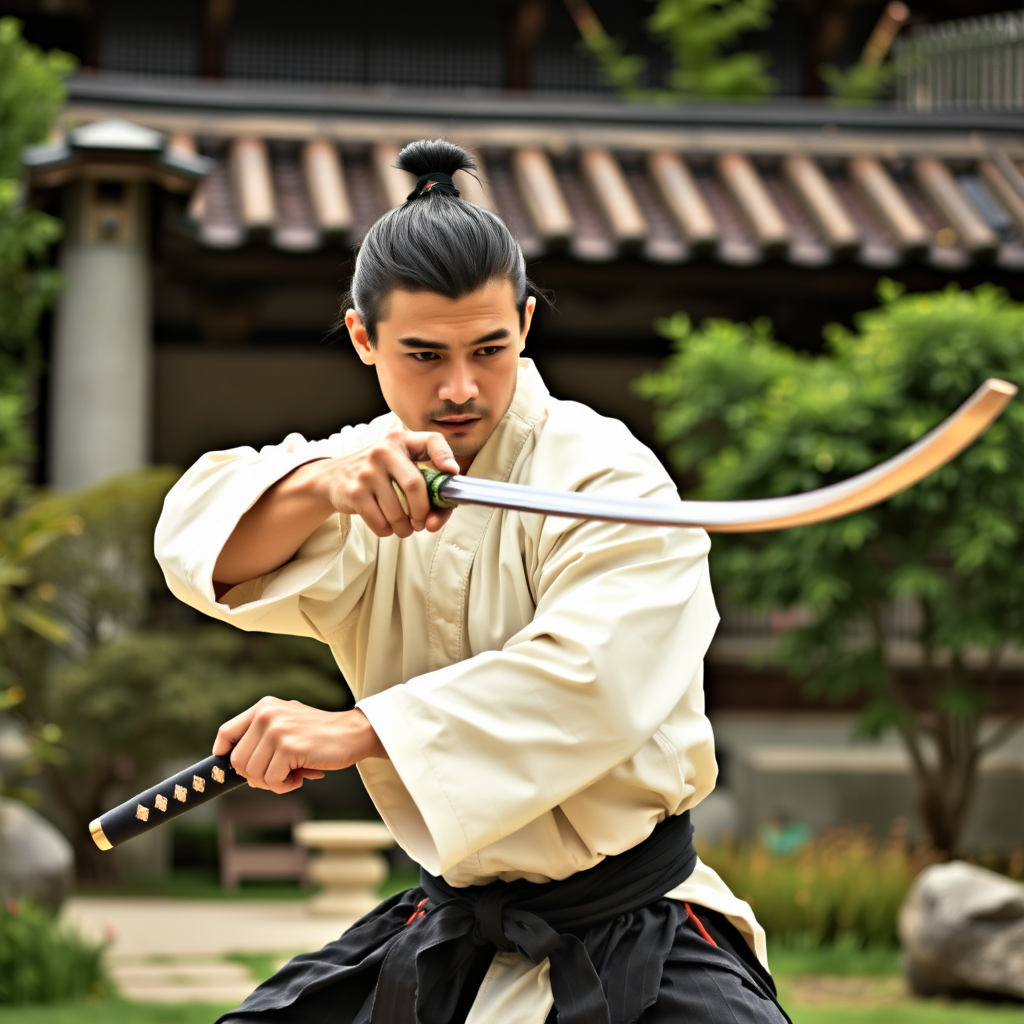
Once you've mastered the fundamentals, advanced hara training incorporates dynamic movements that challenge your core stability while maintaining the centered breathing patterns essential to this practice.
Moving Meditation Exercises
These exercises combine slow, controlled movements with hara breathing, creating a moving meditation that strengthens your core while calming your mind. Perfect for a home workout Japan routine, these exercises require no equipment and can be performed in minimal space.
The Hara Spiral
Stand with feet shoulder-width apart, hands at your sides. Slowly rotate your torso in large circles, maintaining hara breathing throughout. The movement should originate from your core center, not your shoulders or hips.
Duration: 8-10 circles in each direction, 3 sets
Integrating Hara Training into Your Daily Routine
The beauty of hara-centered fitness lies in its adaptability to modern life. These techniques can be seamlessly integrated into your existing wellness lifestyle, whether you have 5 minutes or an hour to dedicate to your practice.
Morning Routine (10 minutes)
- 5 minutes hara breathing
- 3 minutes seiza sitting
- 2 minutes gentle core movements
Evening Practice (15 minutes)
- 7 minutes advanced breathing
- 5 minutes kata-inspired movements
- 3 minutes meditation in seiza
The Mind-Body Connection in Hara Training
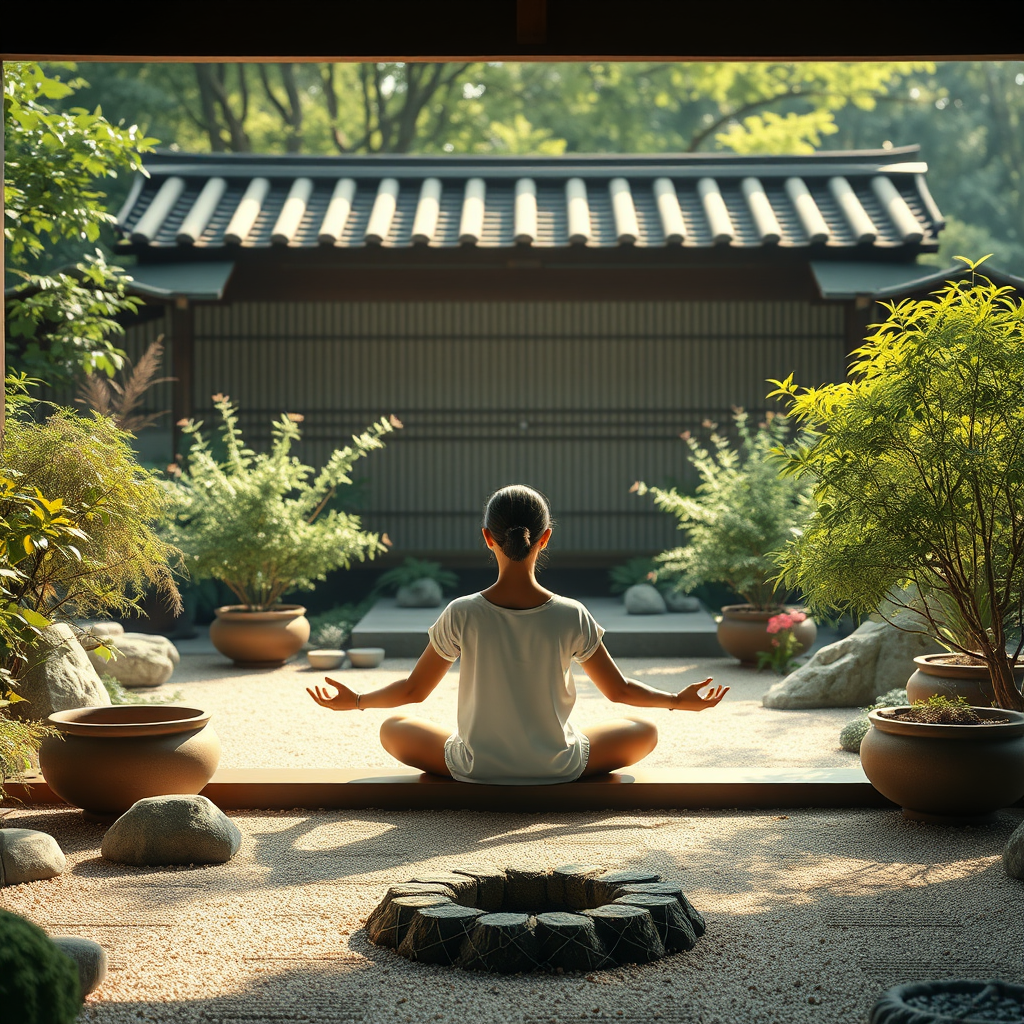
What sets hara-centered training apart from conventional core workouts is its emphasis on the mind-body connection. This holistic approach to fitness recognizes that true strength comes from the integration of physical, mental, and spiritual elements.
Regular practice of these techniques not only builds physical core strength but also develops:
- Enhanced body awareness and proprioception
- Improved stress management and emotional regulation
- Greater mental focus and concentration
- A deeper sense of inner calm and centeredness
Common Mistakes and How to Avoid Them
❌ Forcing the Breath
Avoid forcing deep breaths. Let the breathing develop naturally over time.
✅ Natural Progression
Allow your breathing capacity to develop gradually through consistent practice.
❌ Rushing Through Movements
Speed defeats the purpose. Hara training requires slow, mindful movement.
✅ Mindful Execution
Focus on quality over quantity, maintaining awareness throughout each movement.
Building Your Personal Hara Practice
Creating a sustainable hara-centered fitness routine requires patience and consistency. Start with just 5-10 minutes daily, focusing on proper breathing technique before adding more complex movements. This approach ensures you build a solid foundation that will support more advanced practices as you progress.
Remember that hara training is not just about physical fitness—it's a pathway to developing the kind of centered strength that Japanese martial artists have cultivated for centuries. By incorporating these time-tested techniques into your modern wellness lifestyle, you're connecting with a tradition that recognizes the profound connection between physical strength, mental clarity, and spiritual well-being.
Key Takeaways for Your Home Workout Japan Journey
- Start with basic hara breathing and build gradually
- Consistency is more important than intensity
- Focus on the mind-body connection throughout your practice
- Allow your practice to evolve naturally over time
- Integrate hara awareness into daily activities for maximum benefit
The journey of hara-centered fitness is one of continuous discovery and growth. As you develop this practice, you'll find that the strength you build extends far beyond your physical core, creating a foundation of stability and centeredness that enhances every aspect of your life. Embrace this ancient wisdom and discover how traditional Japanese training methods can revolutionize your approach to fitness and wellness.